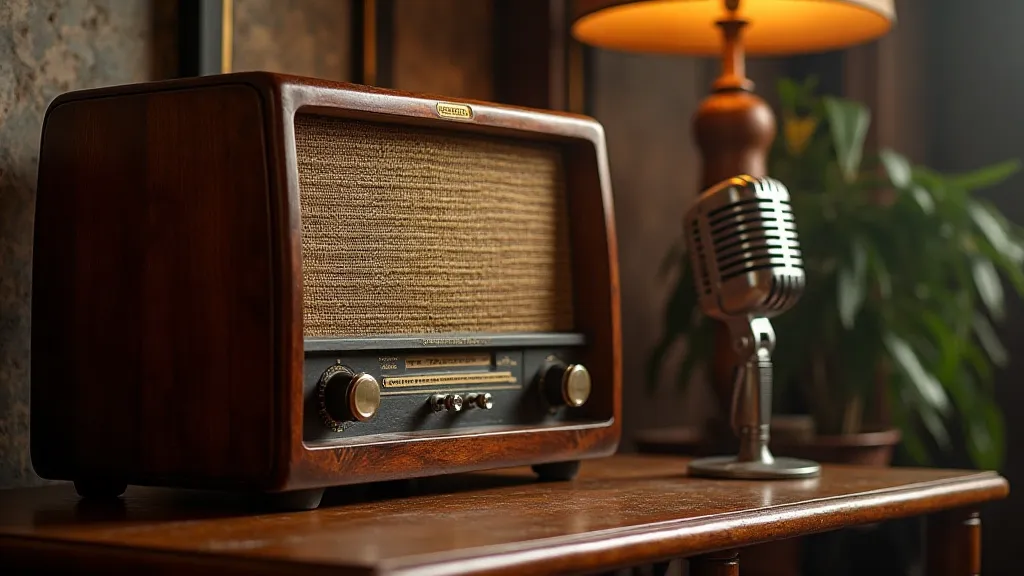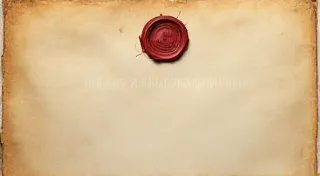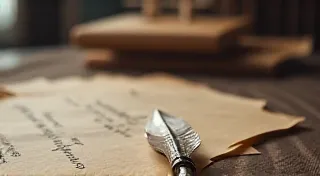The Cartographer of Silence: Charting Defective Tubes and Restoring Radio's Voice
The crackle. That initial, hesitant whisper of sound from an antique radio. It’s a moment pregnant with possibility, a promise of stories and music long dormant. But more often than not, that promise is met with frustration – a distorted signal, a missing voice, a silence that’s far more profound than mere quiet. For those who dedicate themselves to the restoration of these magnificent machines, the path to that moment of clarity isn’t paved with instant gratification; it’s a meticulous journey, a patient charting of the unknown, much like the work of a cartographer exploring a new land.
My grandfather, a quiet man of few words, possessed a workshop overflowing with the ghosts of forgotten technology. Among the dismantled clocks and resurrected phonographs, stood his pride: a 1938 Philco table radio. I remember, as a boy, sitting at his feet, mesmerized by the warm glow of the tubes and the faint hum they produced. He didn’t explain much, just patiently replaced failing components, his hands moving with a practiced grace honed over decades. It wasn’t until years later, after he was gone, that I began to appreciate the artistry and precision that lay behind his seemingly simple repairs. It was then I understood that testing and diagnosing vacuum tubes wasn't merely technical work; it was a detective story, a quest to understand the subtle language of electricity and its effect on sound.
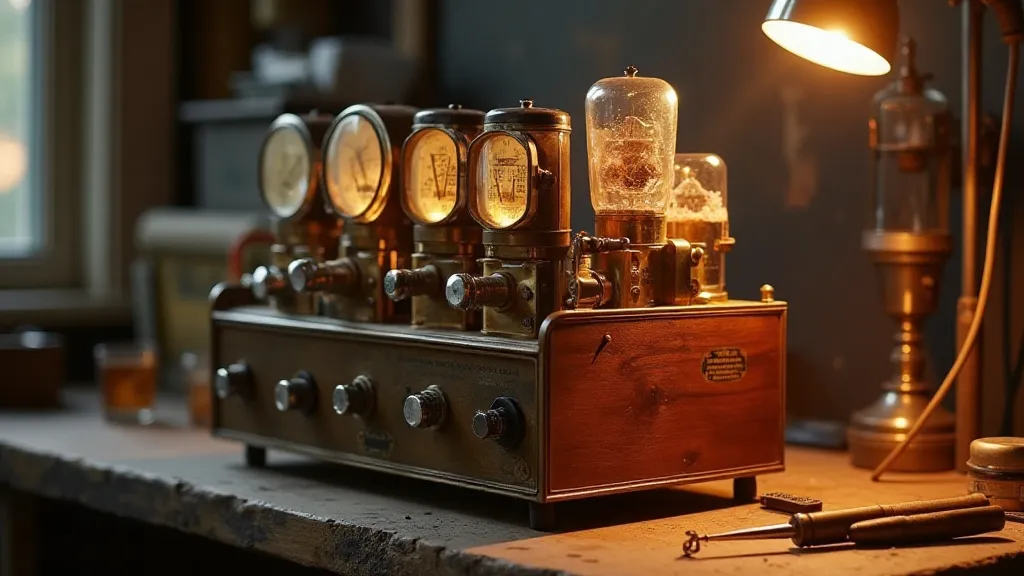
The Anatomy of Failure: Understanding Vacuum Tubes
The vacuum tube, an ingenious invention of a bygone era, is the heart of these antique radios. These glass vessels, containing meticulously arranged electrodes, amplify signals and shape the sounds we hear. But like any complex mechanism, they are susceptible to failure. A failing tube doesn't simply stop working; it degrades, exhibiting a range of symptoms that can be subtle and misleading. Recognizing these symptoms is the cartographer’s first step – identifying the contours of the defective territory.
Common failure modes include shorts (where the internal components touch), gas leaks (introducing impurities into the vacuum), and gradual depletion of the electron emissive coating on the cathode. Each presents a unique challenge, requiring specific diagnostic techniques. Unlike modern solid-state electronics, there are no simple digital readouts telling you exactly what’s wrong. Instead, you rely on a combination of visual inspection, voltage measurements, and, crucially, the use of a vacuum tube tester.
The Tester: A Cartographer's Toolkit
A vintage vacuum tube tester is more than just a piece of equipment; it’s a portal to understanding. These devices, often crafted from heavy metal and handsome bakelite, apply specific voltages and measure the resulting current flow. The readings are then translated into a grading system – Excellent, Good, Fair, Weak, or, of course, Failing. It’s a surprisingly subjective process, relying on interpretation and experience. Each tester model possesses unique quirks and characteristics; learning to read its language is akin to deciphering ancient runes.
Modern digital testers exist, offering convenience and speed. However, the older analog testers, with their meticulously calibrated scales and satisfying mechanical feel, provide a connection to the past, a tangible link to the engineers who first designed and built these radios. There's a certain elegance in the simplicity of an analog readout, a direct representation of the electrical activity within the tube. And, much like a cartographer relying on a sextant and star charts, there’s a certain satisfaction in interpreting that information yourself.
The Process: Methodical Mapping
Testing a tube isn't a random exercise; it's a methodical process. Begin with a visual inspection – look for cracks in the glass envelope, darkening of the tube’s interior (indicating gas contamination), and any signs of physical damage. Then, power up the tester and run the full test sequence. Carefully observe the needle movements, noting any deviations from the expected values. A “Weak” or “Fair” rating doesn’t necessarily mean the tube is unusable, but it indicates a diminished lifespan and a potential for future problems. A “Failing” rating means it’s time for a replacement.
But here’s where the cartographer’s skill truly shines. Sometimes, a tube will test “fair” but still contribute to the radio’s overall issues. It might not be failing outright, but its performance is dragging down the others. This requires a more nuanced understanding – a recognition that a perfectly “mapped” territory doesn't always mean every detail is fully understood. It means identifying areas that require further investigation, areas that might be masking deeper problems.
Beyond the Numbers: The Human Element
The art of vacuum tube testing isn’t solely about numbers and readings. It’s about intuition, experience, and a deep appreciation for the craftsmanship of a bygone era. Each radio is unique, with its own quirks and idiosyncrasies. What might be a “bad” tube in one radio might be perfectly acceptable in another. This requires a holistic approach, considering the radio’s overall design and the interaction of its various components.
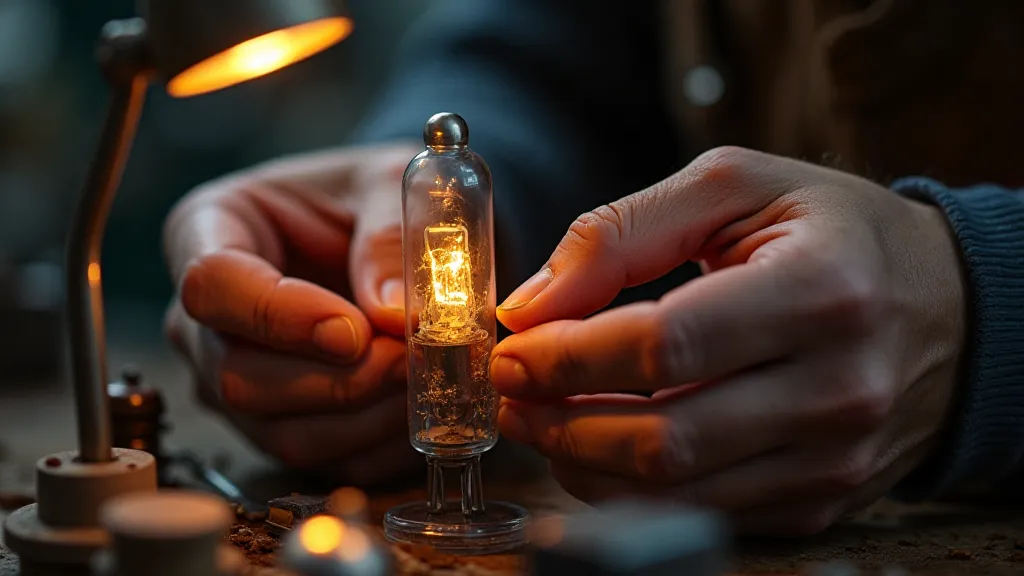
My grandfather rarely spoke about his process, but I learned from him by observing, by silently mimicking his movements, by absorbing his reverence for these machines. He saw more than just circuits and components; he saw history, artistry, and a connection to a past that was rapidly disappearing. And it’s that sense of connection that makes restoring antique radios so rewarding – the feeling of breathing life back into a piece of history, of hearing the voices of the past resonate once more.
The Legacy of Sound
The vacuum tube tester is a tool, yes, but it's also a symbol. It represents a dedication to precision, a respect for craftsmanship, and a passion for preserving a vital part of our cultural heritage. As antique radios become increasingly rare, the skills required to restore them are becoming even more valuable. The "cartographers of silence" – those who meticulously chart the electrical landscape of these machines – are playing a crucial role in ensuring that these voices from the past continue to be heard. It's a quiet but important calling, a legacy of sound that deserves to be cherished and passed on.
